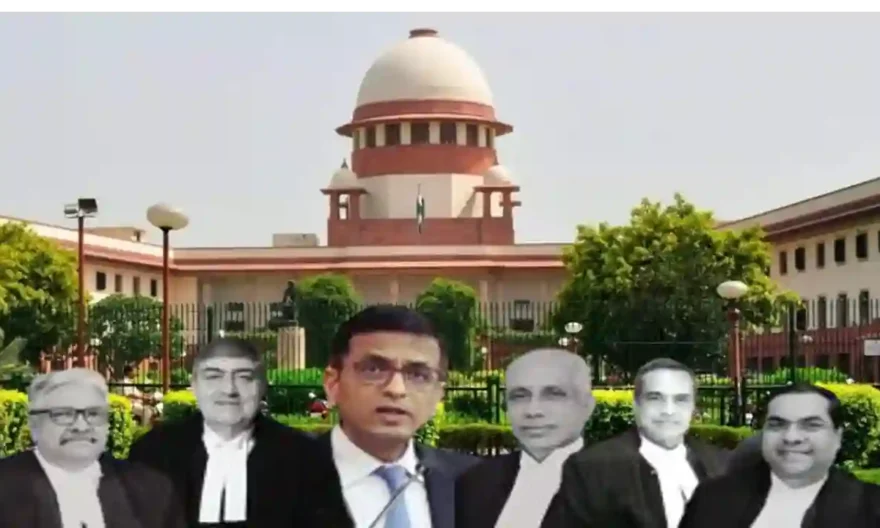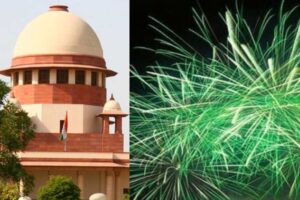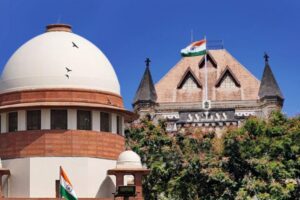
The tenure of the Chief Justice of the Supreme Court Justice DY Chandrachud is still two years and during this, he has to appoint 19 judges in the Supreme Court. Sources said that he is hardworking and honest, so he can do whatever he wants, but will the tussle between the government and the Collegium not become an obstacle in achieving the goal? This is a million Dollar Question.
Anyways, The immediate task of the CJI Chandrachud led collegium is to fill seven vacancies in the SC, which is authorised to have 34 judges.
These vacancies will be firstly caused by the retirement of Justice S Abdul Nazeer on January 4, 2023. Five more SC judges would retire by next year in May & June- Justices D Maheshwari, M R Shah, K M Joseph, A Rastogi and V Ramasubramanian. While Justice Krishna Murari will retire in July next year and Justice SR Bhat will superannuate in October.
Justice SK Kaul will retire in December 2023. Justice A Bose would be retired in April 2024 and Justices AS Bopanna and Hima Kohil in May and September respectively. CJI Chandrachud’s tenure runs till November 10, 2024.
So, this settles the sanctioned strength of 34 judges that includes CJI, approx. 19 or 56% of judges would be nominated by the collegium and headed by CJI Chandrachud.
Even if the previous collegium’s September 26 recommendation to appoint Bombay HC Chief Justice Dipankar Datta as a SC judge fructifies, he’ll be administered oath by CJI Chandrachud.
The previous collegium’s recommendation to appoint The Bombay HC Chief Justice Dipankar Datta and a SC judge and administered oath by CJI Chandrachud.
At time of Chandrachud’s father YV Chandrachud’s tenure as CJI from February 22, 1978 till July 11, 1985, Union Government in consultation with the CJI created appointments of SC Judge. In 1993 the collegium system laid foundation and was institutionalised in 1998 through two constitution SC’s bench judgements that took power from the executive to select the judges. SC’s strength was authorized in between 1977 till 1985 was 18. 78% of total number of judges were constituted, 14 judges were appointed by Sr Chandrachud.
Among all the 14 appointed during Sr Chandrachud’s tenure as CJ three went on to head the judiciary – Justices E S Venkatara (father of Justice B V Nagarathna who would become the first woman CJI in September 2027 for 37 days) Sabyasachi Mukherjee and Ranganath Misra (who became CJI due to the untimely death of CJI Mukherjee in 1990).
The tenure of three years and four months Justice K G Balakrishnan as CJI, the first in the dalit community to head the judiciary only 15 judges were appointed to the SC, out of which four went out to become CJIs – Justices P Sathasivam, R M Lodha, H L Dattu and T S Thakur. SC’s sanctioned strength then was 31 those appointed during CJI Balakrishnan’s tenure constituted a total strength of 48%.
Presently, CJI’s succession line is known till 2023. In November 2024 Justice Sanjiv Khanna will succeed Justice Chandrachud as CJI, followed by Justices B R Gavai, Surya Kant, Vikram Nath, Nagarathna, P S Narasimha and J B Pardiwala. A tenure of Justice Pardiwala would have of two years and three months and retire on August 11, 2030.




